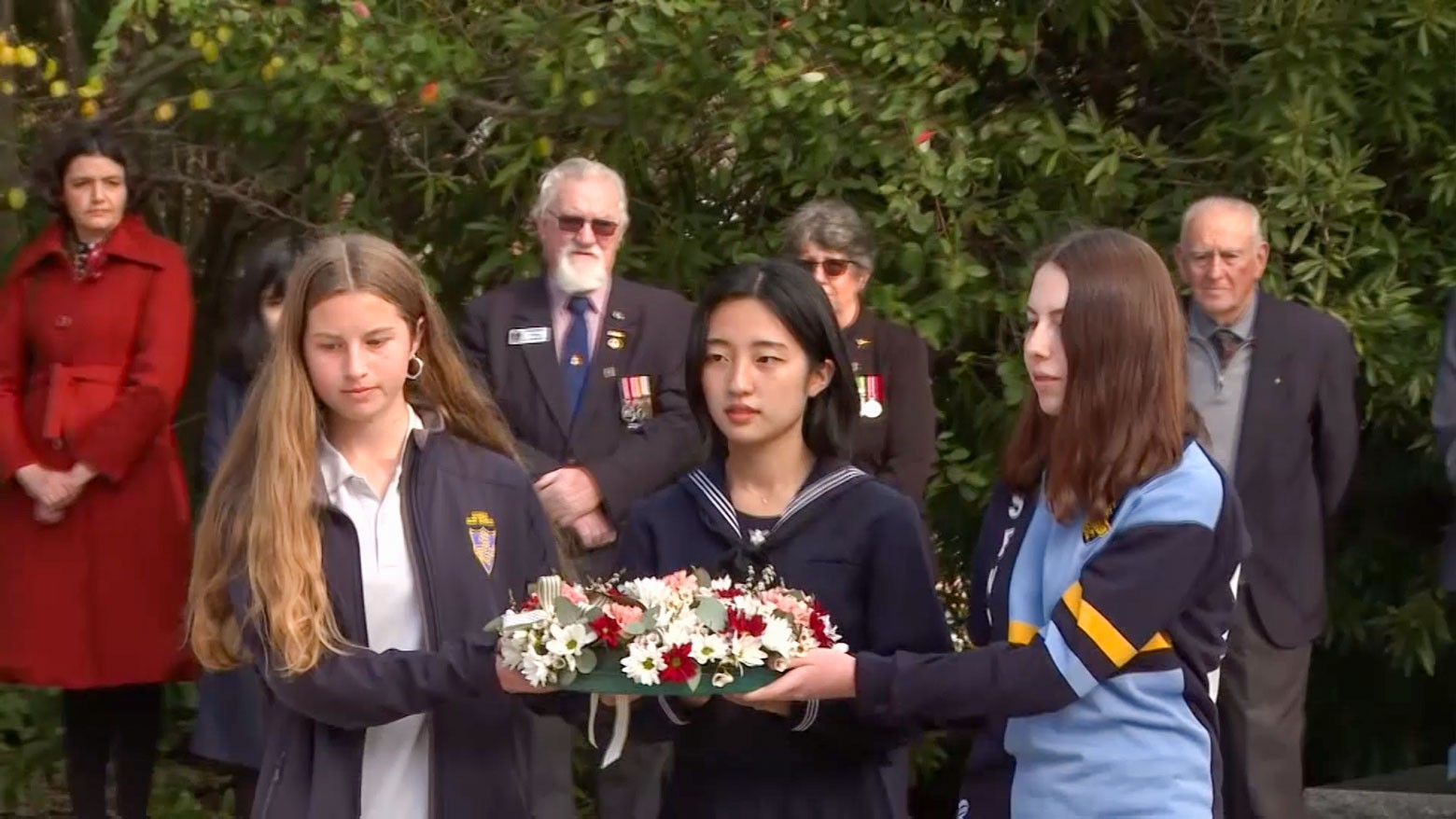In July, Japanese high school student Higashi Aya visited Cowra, a small town in the southeastern Australian state of New South Wales where captured Japanese soldiers were interned during World War II. Cowra is home to the longest running student exchange program between Australia and Japan.
Japan became the first and only foreign power to attack the Australian mainland when it launched air raids on the northern city of Darwin in 1942. Japanese forces reached as far south as Sydney, where they sank an Australian naval vessel, killing 21 sailors.
Cowra, about 300 kilometers west of Sydney, has become a symbol for Australians of the war with Japan.
Every year on August 5, Australians and Japanese gather there to commemorate the 1944 Cowra breakout -- the largest prison escape in Australian history.
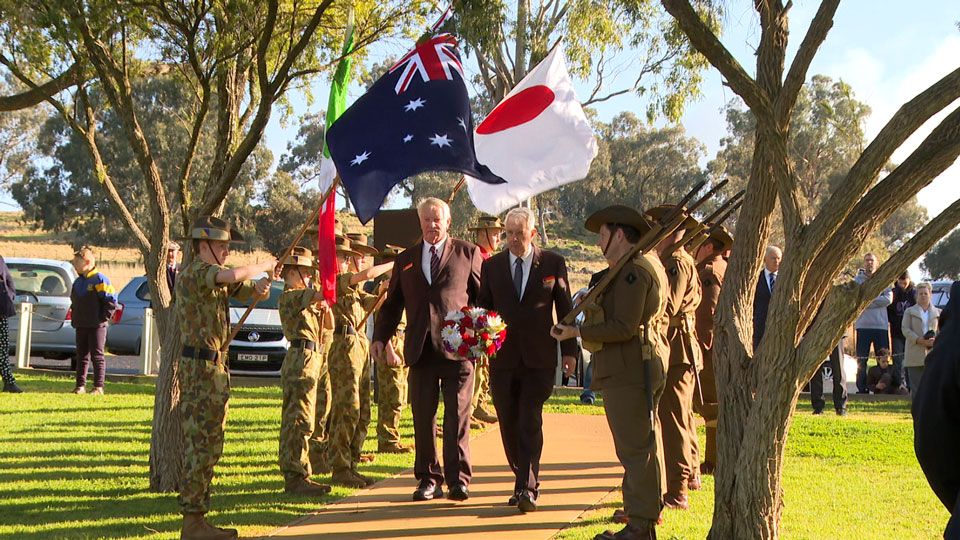
The Cowra breakout
Close to the end of WWII, when Japanese and Allied forces were fighting brutal battles in the South Pacific, captured Japanese soldiers were sent to prisoner of war camps in Australia. Cowra was viewed as an ideal location for a POW camp because it was isolated from big cities and far from the coast, making it difficult for prisoners to escape.
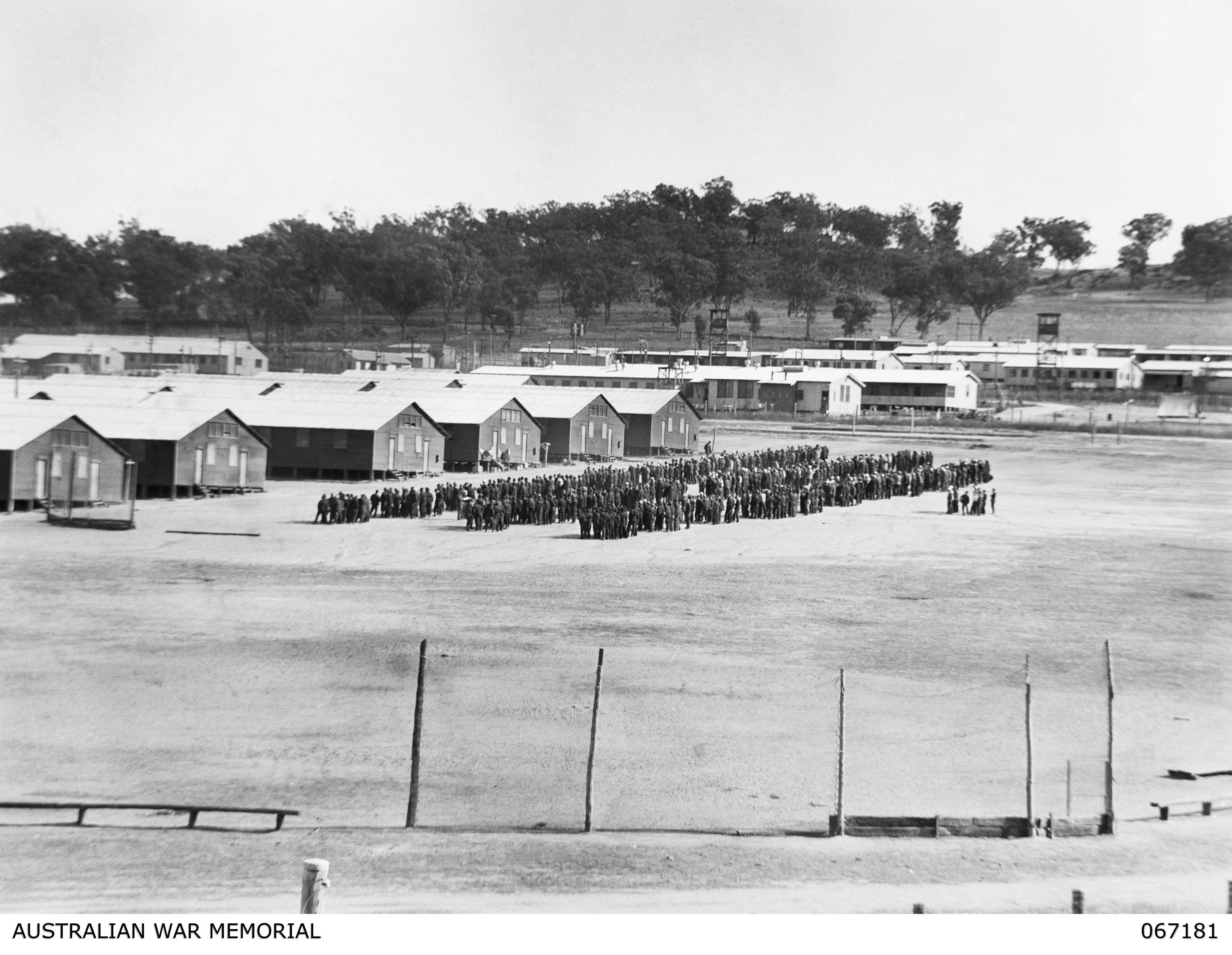
At its peak, the camp housed more than 1,100 Japanese men. They were fed, clothed and allowed to play sports like baseball. Life there must have seemed easy compared with the situation at the war front. But in Japanese culture at that time, it was widely believed that death was better than life as a prisoner of war.
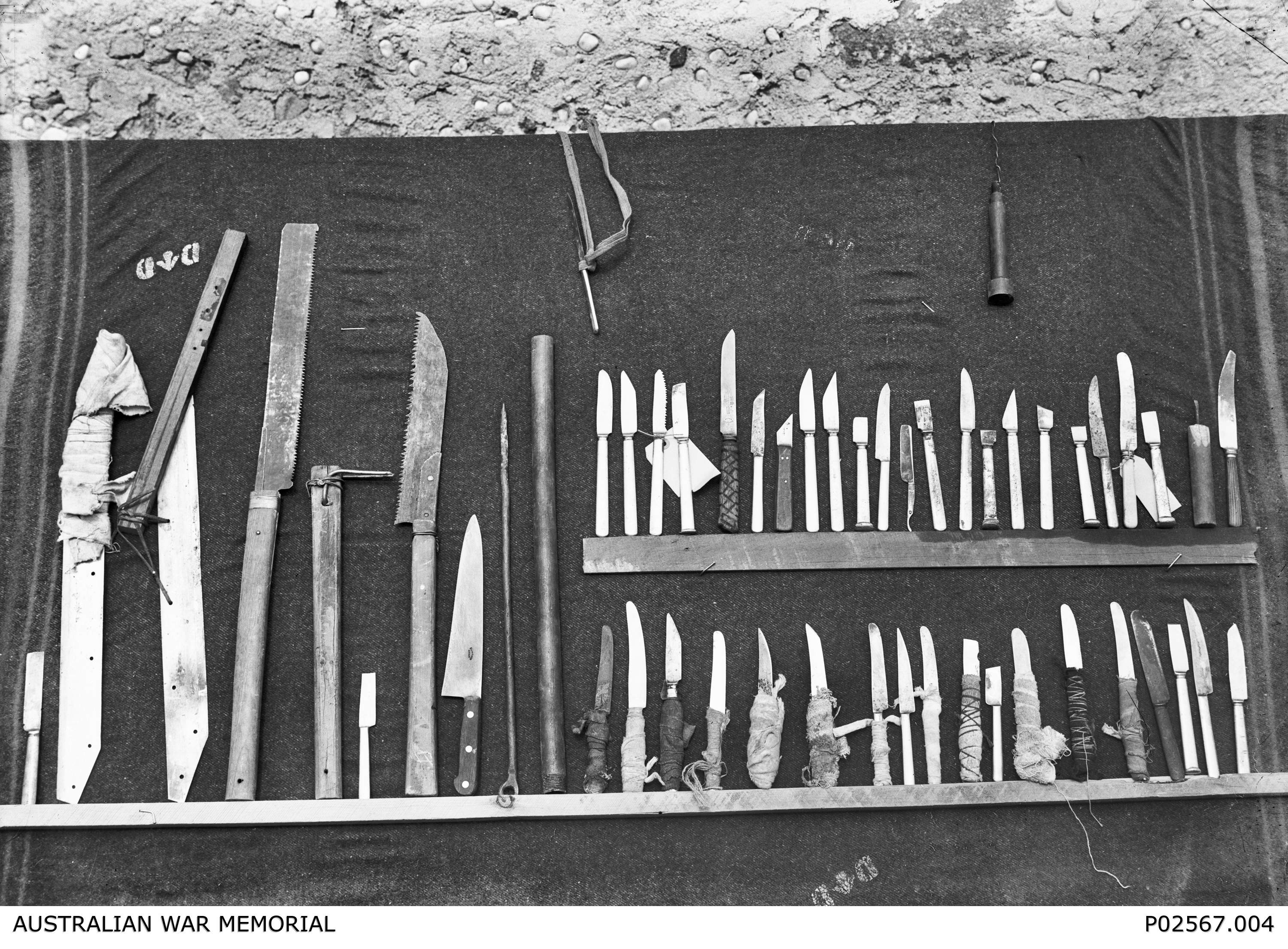
The breakout began around 2:00 a.m. on August 5, 1944. At the sound of a bugle, Japanese prisoners rushed towards the fences and attempted to break out of the camp. They were armed with sharpened table knives, forks and baseball bats, as well as baseball gloves and blankets to aid in scaling the barbed wire fences.
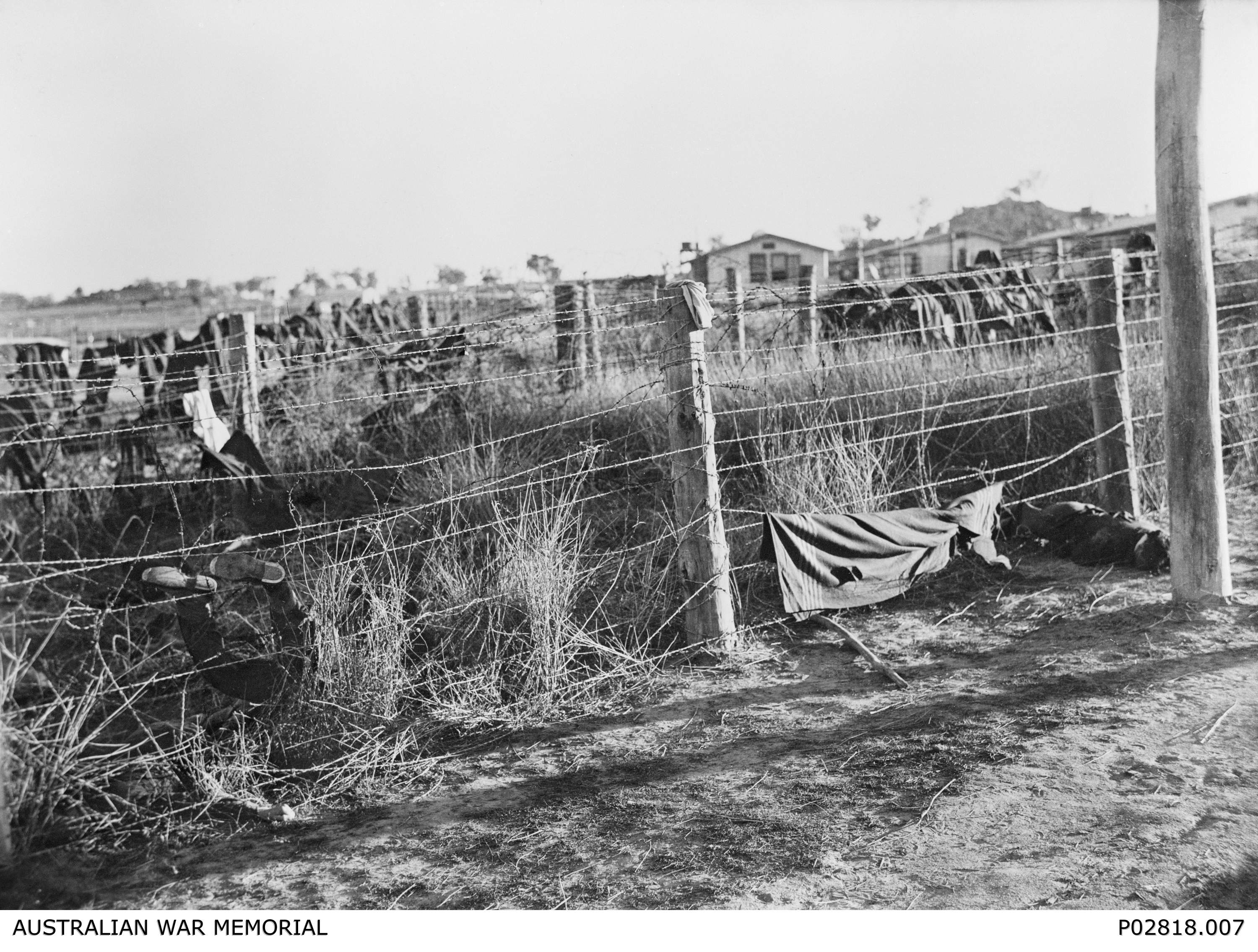
But the breakout ultimately failed. While several hundred prisoners initially escaped, within days 231 had either committed suicide or been shot by guards, and the rest had been recaptured. Four Australians also died.
Cowra aims to improve ties
In 1970, many Australians still harbored strong resentment against Japan. In an effort to change this, a Cowra community group proposed that the town's high school begin a student-exchange program with Seikei Senior High School in Tokyo. Since then, more than 100 students from both countries combined have participated.
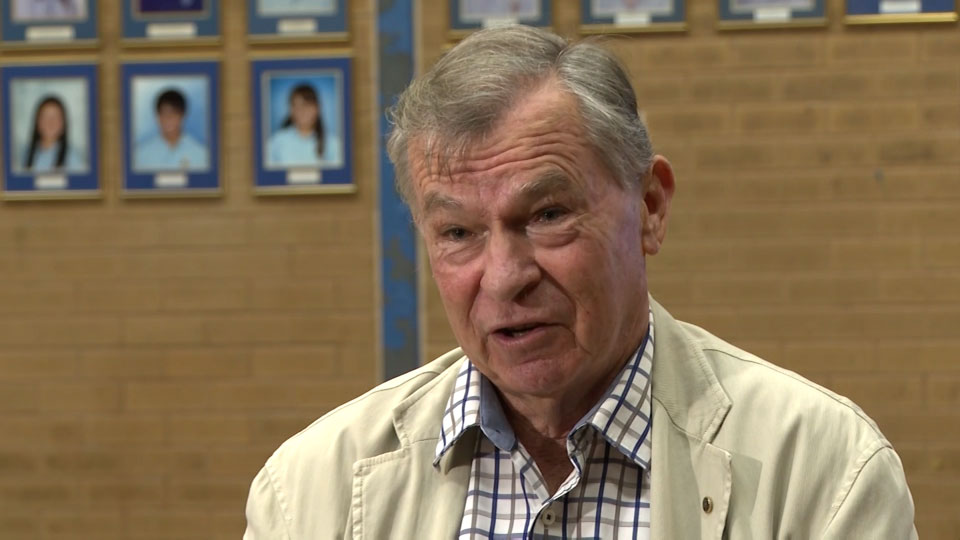
Bob Griffiths, head of the Cowra-Seikei Exchange Committee, says, "It wasn't all about learning English and Japanese, that's a side benefit. The main benefit was understanding each other's culture and respecting each other's culture, and ensuring that we never have the terrible events that we had before."
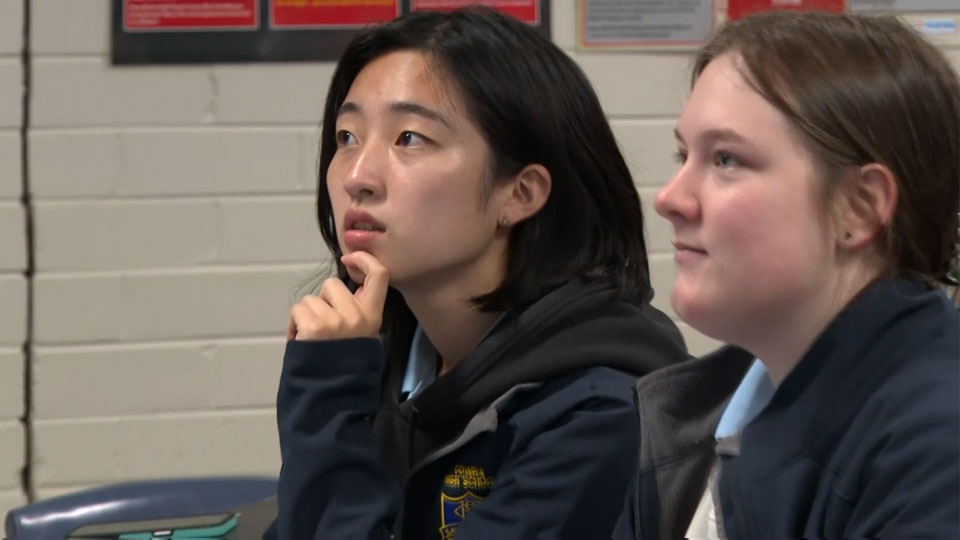
The exchange program resumed this year after a hiatus of more than two years due to the COVID-19 pandemic. Higashi Aya arrived in Cowra in July. At Cowra High School, she joins her Australian classmates in learning about the country's history, including the war between Australia and Japan.
Higashi says learning history from different perspectives offers invaluable benefits. "I think it's really important for both sides to learn from each other and accept the history. It will help us not to repeat such a tragedy ever again."
Her classmates, too, welcome the opportunity to learn with a Japanese student.
One of them, Kayla Hall, says, "Learning that history of Japan helps us get closer with Japanese people and culture and make new friends."
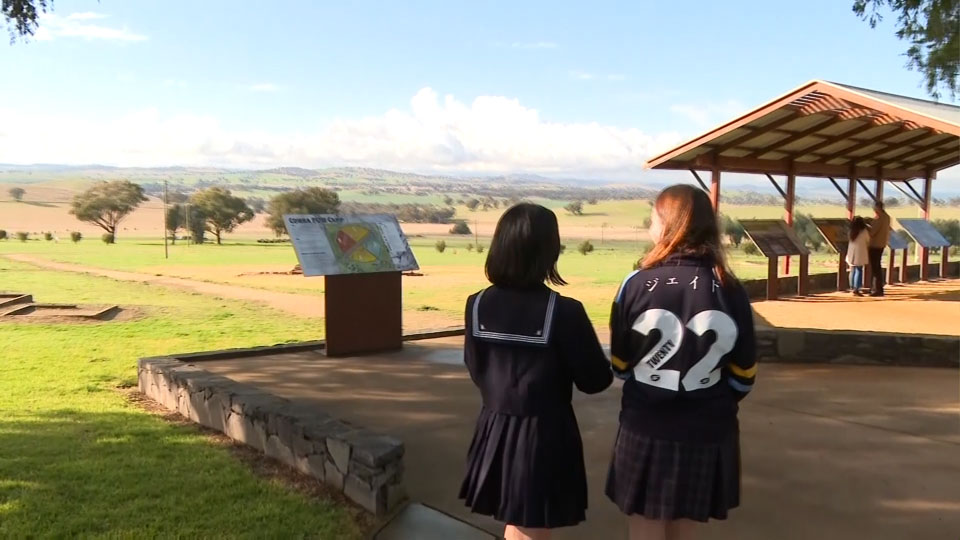
At this year's ceremony commemorating the Cowra breakout, Higashi visited the site of the POW camp with a friend. She spoke with a man whose father was a soldier who helped contain the escape.
"My dad was here when they had the breakout," says Mal Miles. "A Japanese soldier hit him with a baseball bat, injuring him. I hope it never happens again."
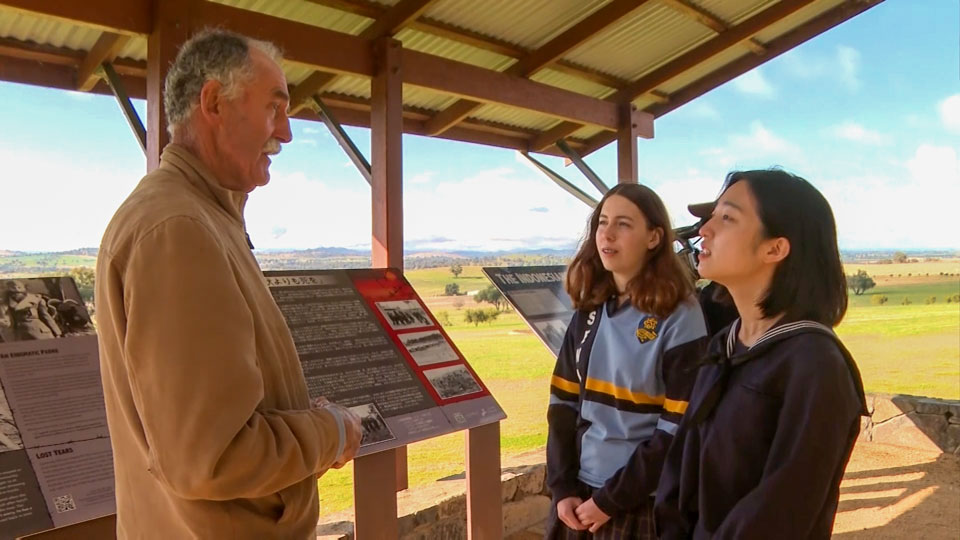
Higashi says, "I want more Japanese people to remember not only those who died in the war battles but also those who were left behind. It is really sad that despite the fact that we've overcome this past tragedy, history is still being repeated. I hope to tell people what I've learned here so that they can feel the same way I do."
In wartime Japan, prisoners of war were often overlooked or forgotten, and their stories are still not well known in their home country.
Overcoming bitter wartime memories is not easy, but the bond that continues to grow in Cowra is testament to the strength of friendship forged in the embers of conflict.
